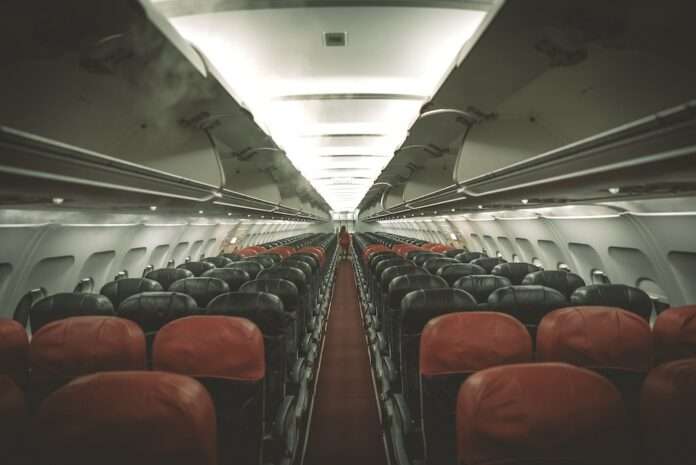In a bid to reduce emissions, consumers are flying less. But what about ghost flights? Are they proof individual changes aren’t enough to thwart climate change?
It’s no secret that the aviation industry has some major environmental problems. Every year, thousands of planes, all of which run on potent fossil fuels, transport millions of passengers around the world every day. And all of this has an impact: aviation is already responsible for more than two percent of global greenhouse gas emissions, and that footprint is growing larger by the year.
But, it turns out, while many of these planes are taking people on business trips, family reunions, and relaxing vacations, some aren’t transporting anyone anywhere at all. They’re totally empty, and they’ve been nicknamed “ghost flights.” But why are they happening? Can they be stopped? And do they prove that, when it comes to reducing aviation’s footprint, individual action (like limiting personal plane journeys), is futile?
What are ‘ghost flights’ and why do they happen?
According to a recent investigation by the Guardian, 5,000 ghost flights, aka flights with no passengers, have left the U.K. since 2019. And another 35,000 have left the country almost completely empty, at less than ten percent capacity. Earlier this year, Greenpeace predicted that 100,000 ghost flights would fly over Europe in the winter, generating more than two million tons of carbon dioxide.
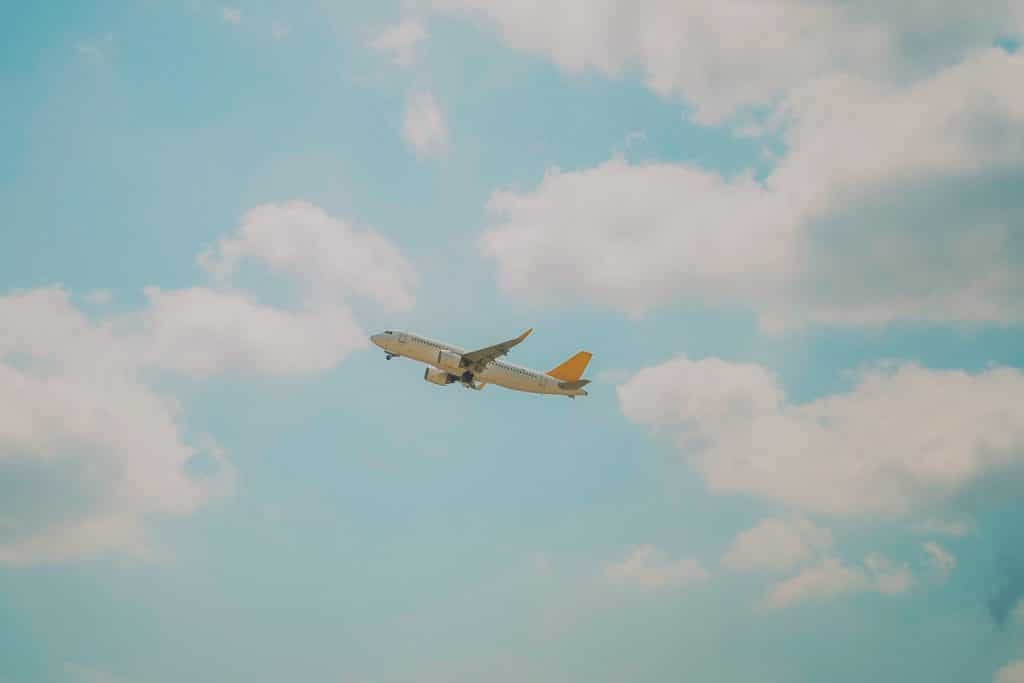
Herwig Schuster, one of the environmental organization’s transport experts, labeled these flights as “pointless” and “polluting,” before stating that the European Union would be “irresponsible” not to put an end to them.
But, much of the transportation sector maintains, it’s complicated. Airports and airlines need to stay on schedule to retain valuable takeoff and landing slots, this means that planes have to fly even if they aren’t anywhere close to full.
Is the pandemic to blame?
A portion of the blame has been put on the pandemic, which is undeniably still having an impact on aviation. According to the International Air Transport Association, passenger numbers aren’t expected to make a complete post-pandemic recovery until 2024.
Last year, when CNN spoke with German airline Lufthansa (whose data was used by Greenpeace to make its predictions), a spokesperson blamed ghost flights on planes being “poorly booked due to the pandemic.”
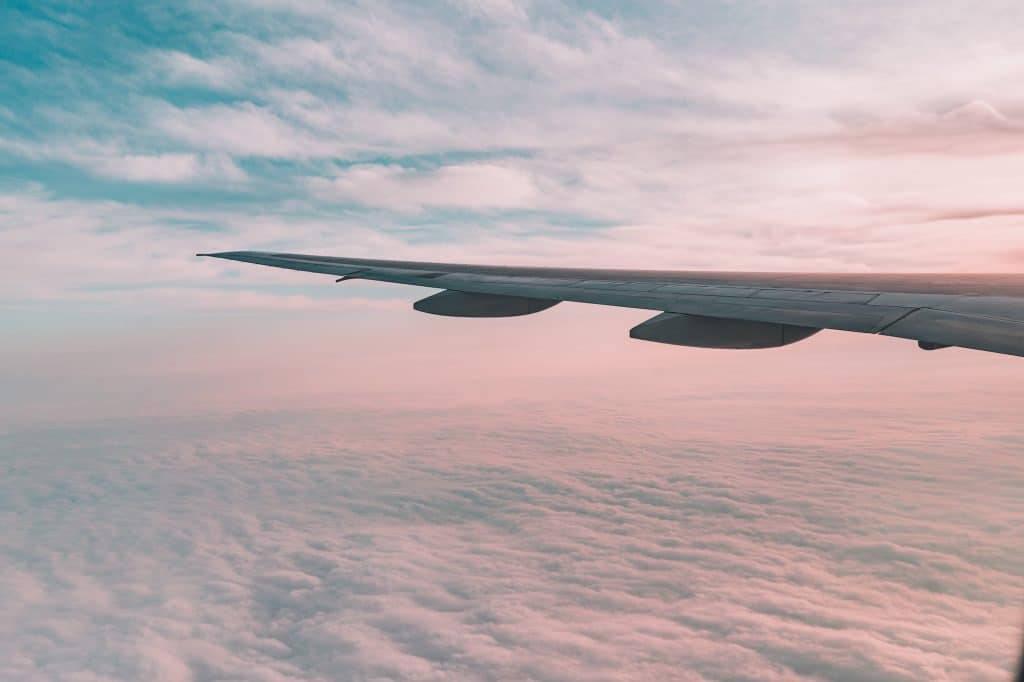
But there’s a problem with that excuse, claims the Guardian. In the pandemic, the threshold of landing and takeoff slots that airlines have to meet to keep their future slots was actually lowered from 80 percent to 50 percent. So, in theory, this means the pressure to run empty flights should have lessened, and fewer ghost flights should be taking off.
But, even if flights are under pressure to take off for scheduling purposes, not everyone agrees that running a ghost flight is the only option facing airlines — far from it. For example, Michael O’Leary, the CEO of budget Irish airline Ryanair, argues that his rivals could start selling off tickets cheap to put more bums on more seats.
A kick in the teeth for those who fly less to reduce emissions
But for many who care about the planet, O’Leary’s solution doesn’t hold up.
When it comes to the environmental issues associated with aviation, simply filling up ghost flights isn’t good enough. Really, the aviation industry needs to be looking at reducing the total number of planes in the air completely. And many individuals have been trying to send that message, and reduce flight demand, for some time.
In 2019, one survey of 19,000 adults from 27 countries found that one in seven global consumers would be open to choosing low-carbon forms of transport over flying, even if they were less convenient. To them, and the many groups campaigning for people to fly less (like academia-focused Flying Less), the new ghost flight data is a kick in the teeth. Ultimately, they don’t make the sacrifice so that the plane can just leave the airport anyway.
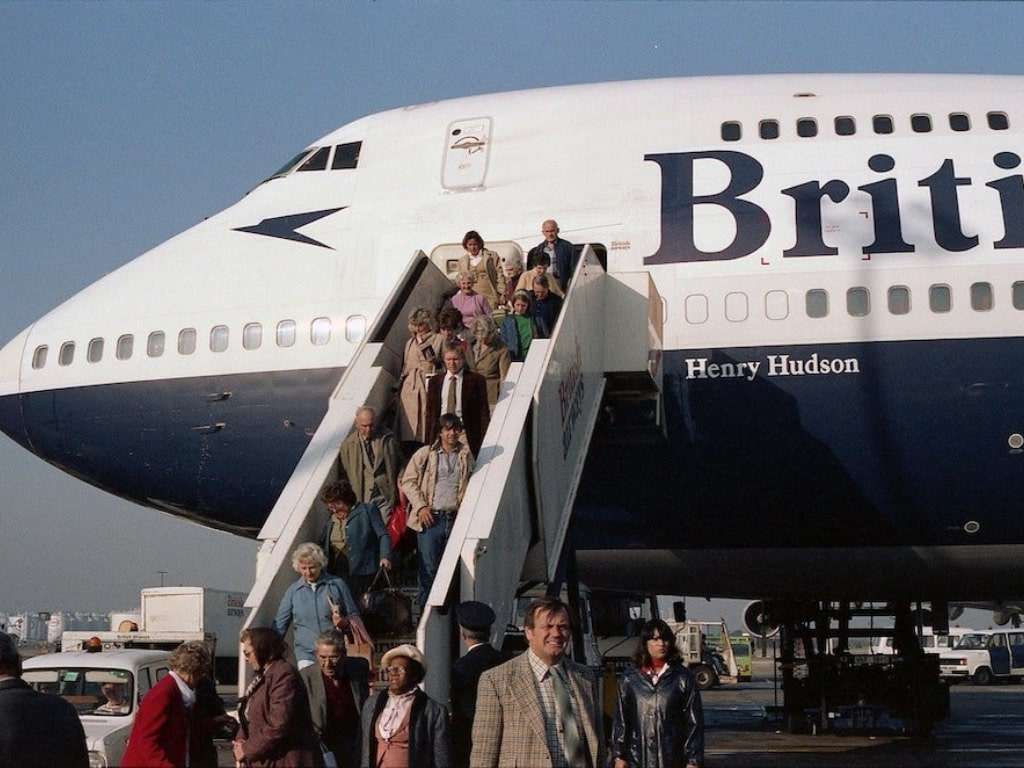
For Tim Johnson, the director of NGO the Aviation Environment Federation, who called the ghost flight revelation “pretty shocking,” the solution to reducing aviation’s environmental impact comes from within. The aviation industry is going to have to be more transparent, and take more accountability for its practices.
He told the Guardian: “Publication of this data is a step in the right direction, but we need more transparency to understand why these inefficient, polluting practices continue, and to hold the main airline culprits to account.”
Decarbonizing aviation
Johnson’s organization does advocate for individual action, encouraging people to fly less, but one of its main focuses is the total decarbonization of the industry.
Ultimately, airlines need to invest in technologies that improve efficiency, as well as green innovation, so that all of the planes in the air, whether they are at capacity or not, are leaving far less pollution in their wake. And things are slowly improving. In 2021, for example, a United Airlines passenger plane flew for the first time on the maximum amount of sustainable aviation fuel allowed.
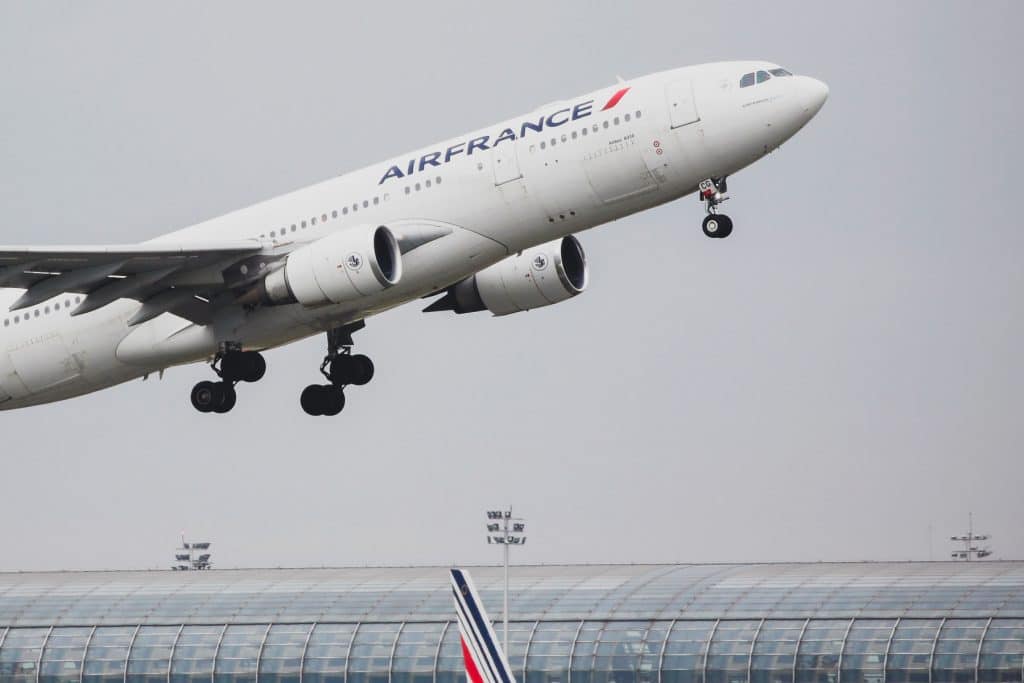
But more can be done, and governments also have a role to play. Alethea Warrington from Possible, a charity that supports people with climate action, said the aviation industry “can’t be trusted” to tackle its emissions, as she called for kerosene, the fuel that powers airplanes, to be taxed. This would at least offer a financial deterrent to airlines that fly empty or partially empty planes.
The truth, though, is that planes aren’t going anywhere. Experts predict aviation will grow at a rate of five percent CAGR between now and 2027. Even if ghost flights become less common, ultimately, they are a symptom, not the root, of a rapidly worsening problem.
To find out more about the Aviation Environment Federation and its campaigns for solid industry changes, see here.
Related on Ethos:

